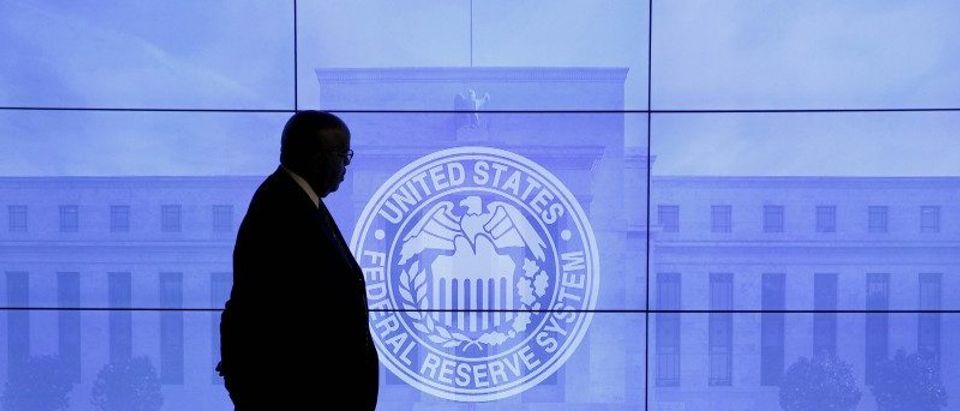In December the Federal Reserve raised interest rates for the first time in 2016, once again failing to meet its own expectations it set the year prior. Unfortunately forecasting failures at the Fed is nothing new, for years it has routinely missed on both rate hikes and GDP projections. While it’s unfair to expect Fed economists to be fortune tellers, crying wolf does have consequences. The markets have learned to take the Fed’s projections with a grain of salt, with Chairwoman Janet Yellen herself having to admit that “forward guidance”, a tool championed by her predecessor Ben Bernanke, has lost its potency.
This reality, combined with the Fed’s unprecedented actions following the financial crisis, has led to ever increasing calls for reforming the institution. Most of the attention has focused on limiting the discretion of the Fed by imposing a rules-based monetary policy. In 2015, the House passed the FORM Act, which would have required the Fed to adopt a monetary rule and to explain to Congress anytime it deviated from it. This solution was also popular among several Republican presidential candidates, though President-elect Trump himself never suggested a rules-based solution in spite of criticizing Yellen for keeping rates low for political reasons.
A monetary policy rule is not, however, a partisan endeavor. Christina Romer, who first headed President Obama’s first Council of Economic Advisors, pushed for the Fed to adopt a NGDP Targeting rule back in 2011. Interestingly, she has found allies in the beltway’s two leading libertarian think tanks, Cato and Mercatus.
Of course a rules-based approach also has its share of critics. Recently Neel Kashkari, the president of the Minneapolis Federal Reserve, and John Taylor, perhaps the leading advocate for such reform, have recently exchanged op-eds in the Wall Street Journal debating the merits of a “Taylor Rule,” which would have the Fed set interest rates based on a model developed from Dr. Taylor’s analysis of central bank performance.
While I sympathize with the goal of monetary rule advocates about the need to the Federal Reserve, unfortunately the notion of rules-guided policy suffers from the same fatal conceit that underlies most government solutions. As the old saying goes, “rules are meant to be broken” and the history of both the Federal Reserve and other central banks shows that whatever statutory mandates can often be interpreted to fit the desires of whomever is in charge. This is why both sides of the isle often question whether the Fed is properly interpreting its dual mandate. In a time of crisis, limits on Fed discretion are likely to hold up about as well as one of the living wills obligated by Dodd-Frank.
So if a monetary rule isn’t a solution, what is?
Competition.
This was the approach suggested by Nobel Prize-winning economist F.A. Hayek and championed by arch-Fed critic Rep. Ron Paul. While his “Audit the Fed” bill continues to come up for vote every few years, it’s his The Free Competition in Currency Act that would have the biggest impact on US monetary policy. The bill is simple, it eliminates legal tender laws and taxes on metal historically used as currency – including gold and silver. It could also be updated to include crypto-currencies such as Bitcoin.
The beauty of this approach is that it would painless. Instead of trying to figure out the larger ramifications of abolishing the Fed, or risk forcing it to choose a rule that won’t hold up in the future, it would simply allow consumers the option to use alternative currencies in their daily lives. For those concerned about the long-term consequences of the Fed’s monetary policy, it provides a parachute – without forcing the Fed to change its course.
Further, the bill would represent a big win for states rights. Utah and Texas, among others, have taken major steps in recent years to make gold and silver usable as legal tender. By clearing away the hurdles at the Federal level, these measures would further empower these measures and likely encourage more states to follow.
Given the troubling global trend of central banks eliminating cash, and therefore removing one of the few remaining safeguards from punitive monetary policy such as negative interest rates, securing competition in currency has never been more important. America has an opportunity to lead on the issue, and will soon have a President who has proven to be willing to buck traditional norms.
2016 saw Ron Paul receive his first ever Electoral College vote, hopefully 2017 will see his work on currency freedom continue.


